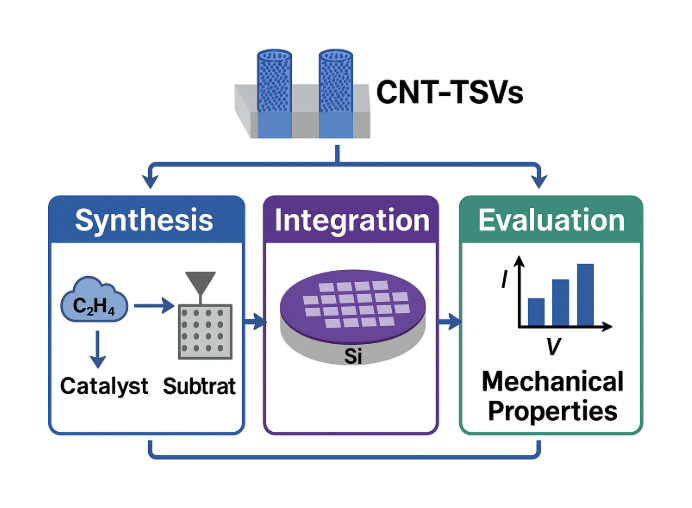Advances in Non-alcoholic Fatty Liver Disease (NAFLD) Research and Management: A Global Perspective(2020–2025)
Keywords:
- NAFLD, MAFLD, NASH, fibrosis, metabolic syndrome, gut-liver axis, genomics, diagnostics, non-invasive biomarkers, artificial intelligence, precision hepatology, global health, 2020–2025.
Abstract
Background: Nonalcoholic fatty liver disease (NAFLD) has emerged as the most prevalent chronic liver disorder worldwide, affecting over 30% of the adult population and increasingly recognized as a systemic disease with significant cardiometabolic and oncologic implications. Between 2020 and 2025, unprecedented advancements in the understanding, diagnosis, and management of NAFLD have reshaped the global landscape of liver health.Objective:This comprehensive review evaluates the global progress in NAFLD research and clinical management from 2020 to 2025, focusing on evolving epidemiology, pathophysiological mechanisms, diagnostic innovations, emerging therapies, and precision hepatology approaches, while addressing ongoing controversies such as the transition to the metabolic dysfunction-associated fatty liver disease (MAFLD) terminology.Methods: An extensive literature review was conducted using PubMed, Scopus, and Web of Science databases to analyze high-impact studies, guidelines, clinical trials, and policy frameworks published between January 2020 and June 2025.data were synthesized across multiple thematic domains including epidemiology, molecular biology, diagnostics, therapeutics, and public health.Results:NAFLD prevalence has risen across all demographics, including pediatrics, elderly, leanindividuals, and low-income populations. The MAFLD redefinition better reflects metabolic dysfunction and has gained acceptance despite ongoing debates. pathophysiological insights include roles of insulin resistance, lipotoxicity, mitochondrial dysfunction, autophagy defects, and gut microbiota dysbiosis. Advances in genomics and epigenetics have identified variants (e.g., PNPLA3, TM6SF2) and biomarkers (e.g., miR-122, Pro-C3). Non-invasive diagnostics especially imaging and AI-driven tools are replacing liver biopsy in many settings. Although no drugs are yet approved, promising agents like obeticholic acid, resmetirom, lanifibranor, and semaglutide are in advanced trials. Lifestyle interventions remain essential. NAFLD is now linked with increased cardiovascular disease, type 2 diabetes, CKD, and malignancies. Precision hepatology using multi-omics, AI, and digital health tools is enabling individualized care. Conclusion: NAFLD is transitioning from a liver-specific condition to a global multisystem health crisis. While major scientific and clinical advances have been made, challenges remain in standardizing diagnostics, expanding treatment access, and addressing disparities. The convergence of precision medicine, digital innovation, and public health integration offers a transformative pathway to reduce the global burden of fatty liver disease in the next decade.






